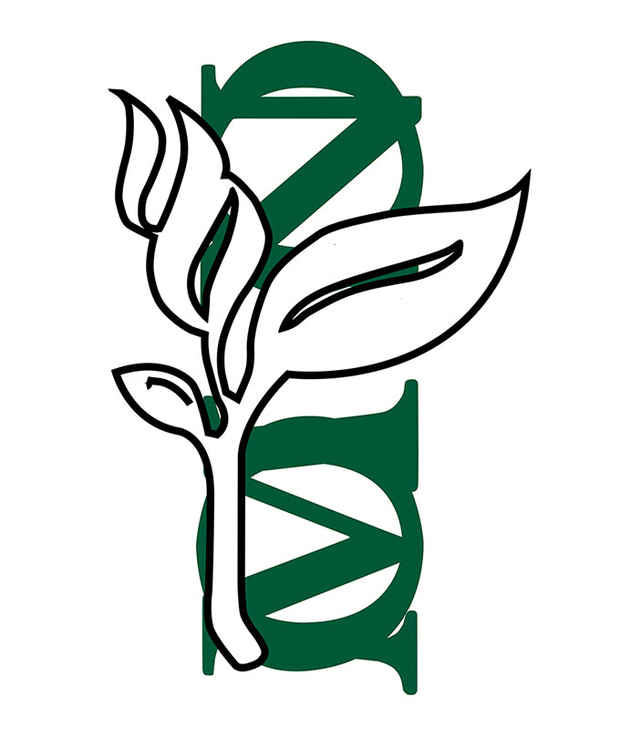Artie Vierkant “AN ON MO SA NS”
Feuer/Mesler

This event has ended.
Feuer / Mesler presents AN ON MO SA NS, the debut of new works which extend Artie Vierkant’s work dealing with the nature of intellectual property as a means of structuring and demarcating the immaterial world.
The works in this exhibition are the first public display of a body of work that has been in development for the last two years. The objects on view contain an allotment of genetically modified soybean seed from Monsanto, a large multinational agrochemical and agriculture biotechnology corporation. Vierkant secured this material from a licensed distributor of Monsanto farm seed, a process which typically entails the signing of a ‘technology stewardship agreement’, a legal agreement which places certain strictures on the use and distribution of any farm seed registered by Monsanto as its intellectual property. The term ‘technology’ in the title of this agreement should be indicative—within the structure of large scale corporate agriculture the organic material itself is a simple commodity, while the genetic information that makes up the seed is considered a technology worthy of cautious protection. According to information provided by the seed distributor, the seeds on view here, decimated and encased in their own fields of resin, are protected by “one or more” of nine separate genetic patents.
As the saying goes, the body was the first technology. Now it may again be the last. We have gone from relying on our hands and appendages—manipulating material—to external and externalizing tools, and can now turn inward to dissemble and reform ourselves on a biological and ecological level. As we learn to alter nature itself, the tool we most directly employ towards these new pursuits is an old one: intellectual property. Intellectual property has developed over the last four centuries into a technology that serves as the backbone for post-industrial society, allowing individuals and corporations to claim authorship over abstract ideas, production methods, managerial practices, and now life forms. As early as 1980 the U.S. Supreme Court ruled that a life form could be patented. According to The Hastings Center, an independent bioethics research institute, over 47,000 genetic patents have since been filed, 3-5,000 of which are for human genetic traits.
The objects on view are thus intended to redirect a small amount of this regulated material into the space of exhibition. They exist at the intersection of the biological (material), the ethical, and the juridical, and reflect a contemporary sentiment towards nature that is more pasteural than pastoral.
Vierkant began working with various forms of intellectual property in 2013, launching a series titled Exploits. For those works, the central conceptual conceit of the series is that the artist go through the legal process of licensing a piece of intellectual property from that concept’s owner, establishing permission to produce material objects from immaterial forms. The intention is to produce objects that are non-symbolic, non-representational—not simply about intellectual property, but an embodiment of intellectual properties themselves. As Vierkant has stated, “ … a kind of relational materiality—their objecthood and form being dictated by a set of external structures and protocols.”
Concurrent with this exhibition, Mesler / Feuer is also presenting an exhibition of a separate, complimentary strand of Vierkant’s practice at its space at 30 Orchard Street. Titled “Image Objects”, it is Artie Vierkant’s first solo presentation of his series of the same name since 2012.
Media
Schedule
from September 12, 2015 to October 17, 2015
Opening Reception on 2015-09-12 from 18:00 to 20:00